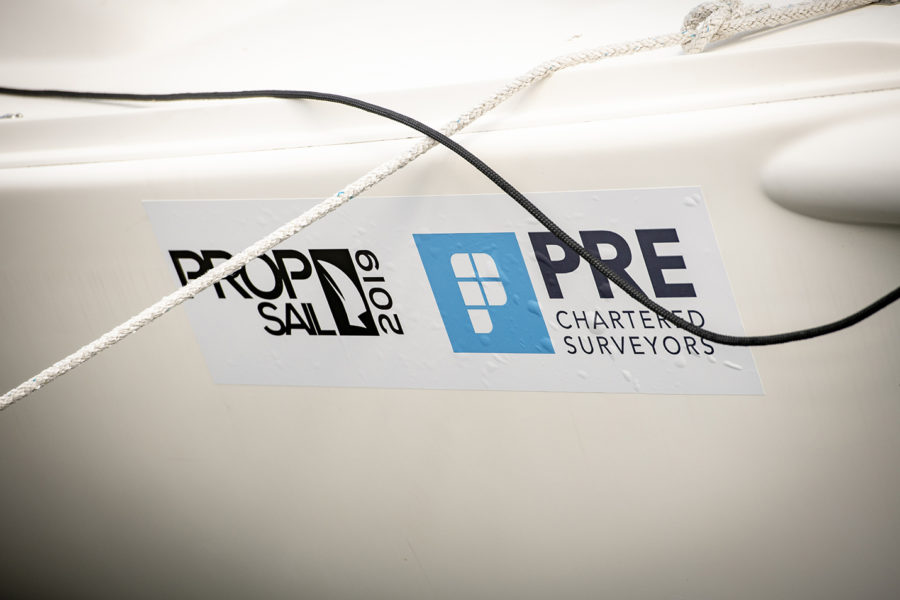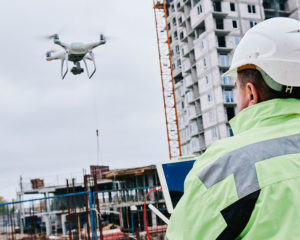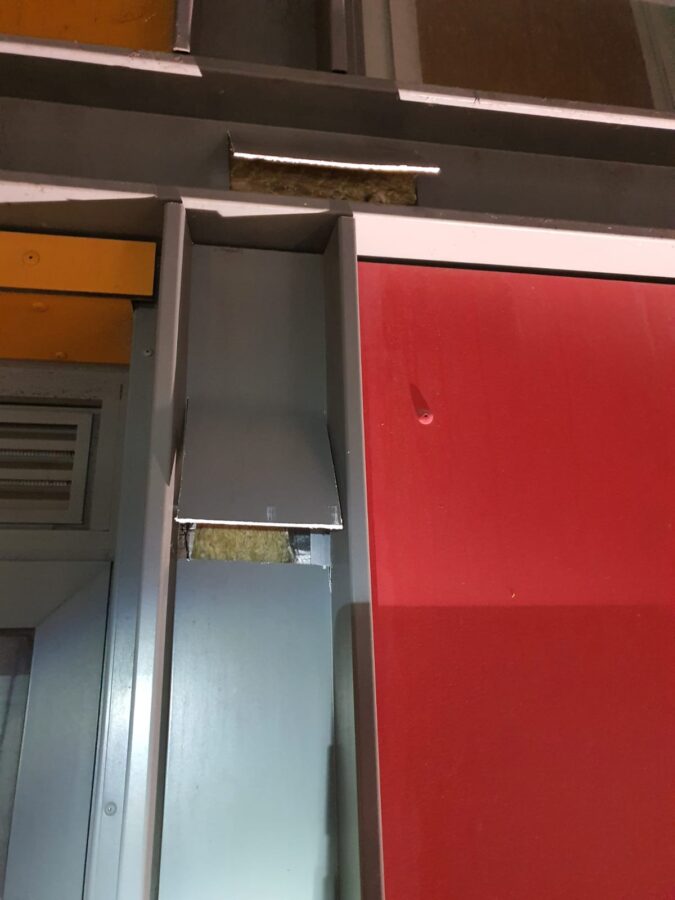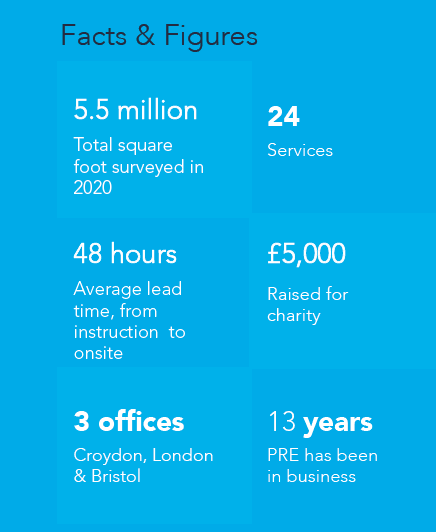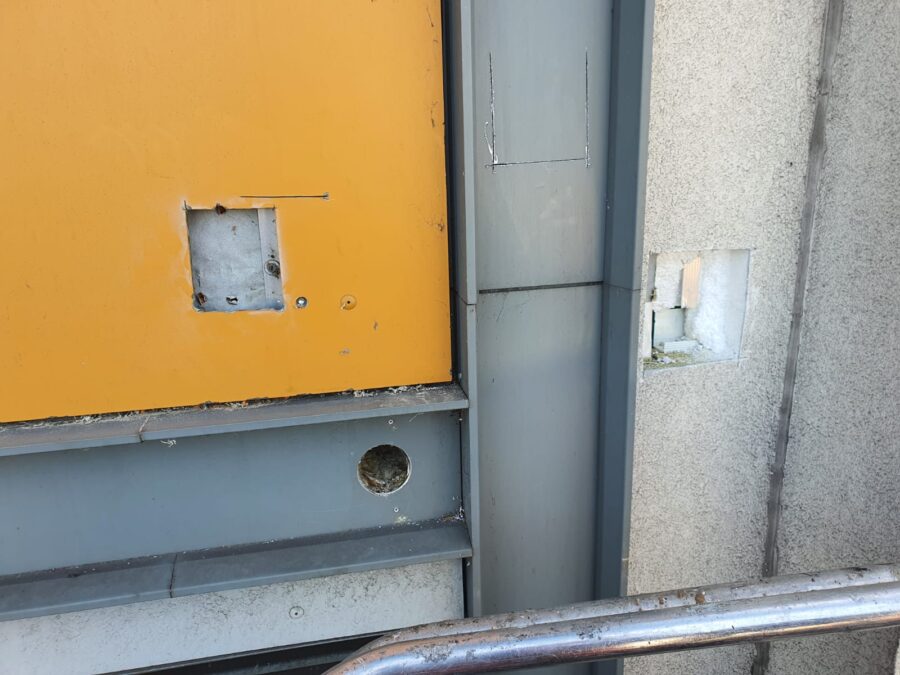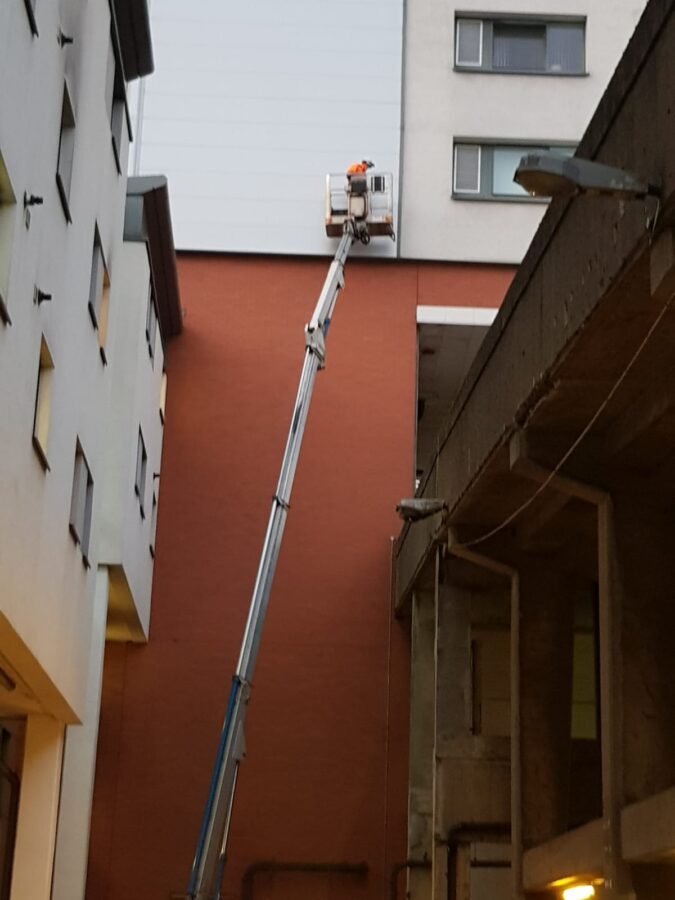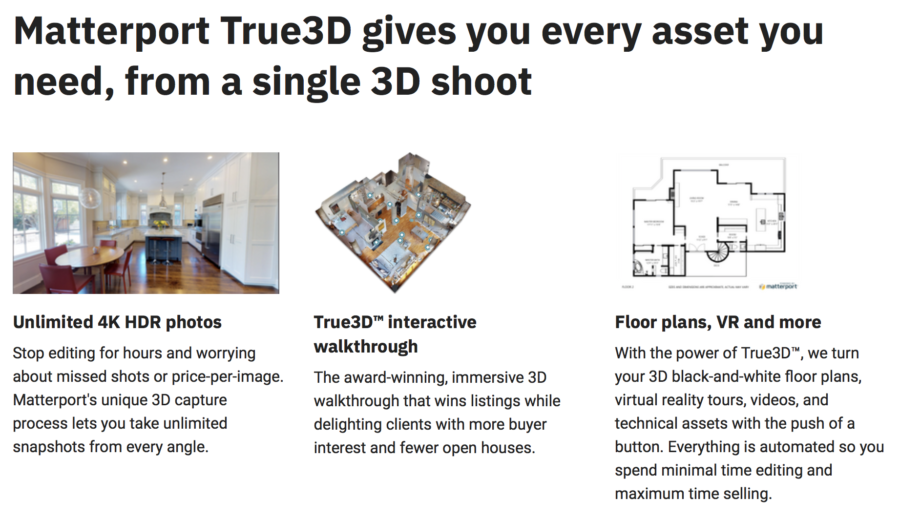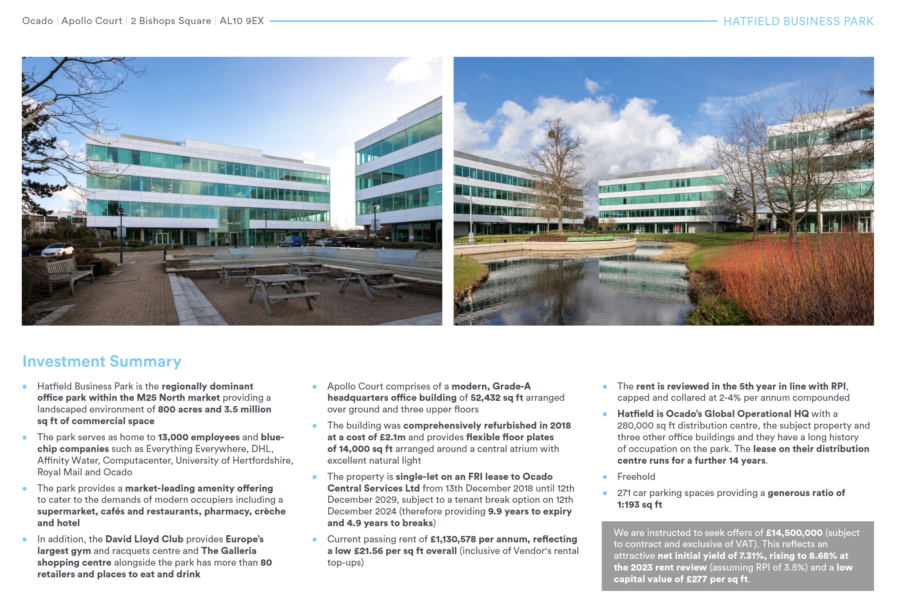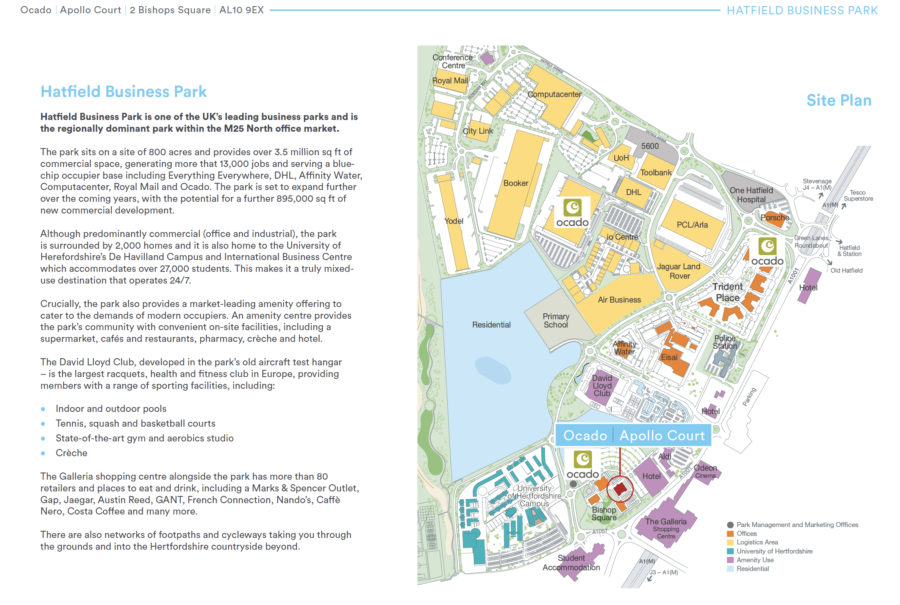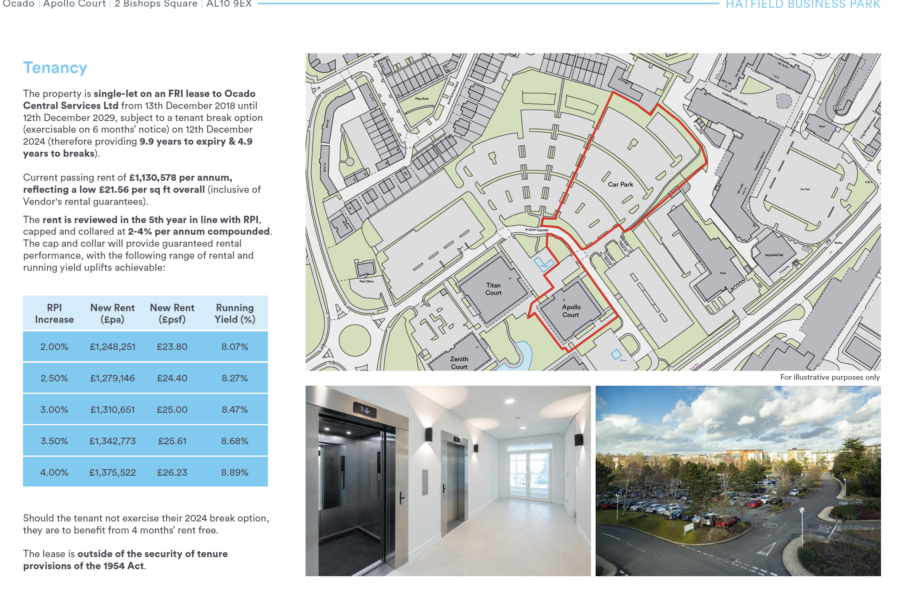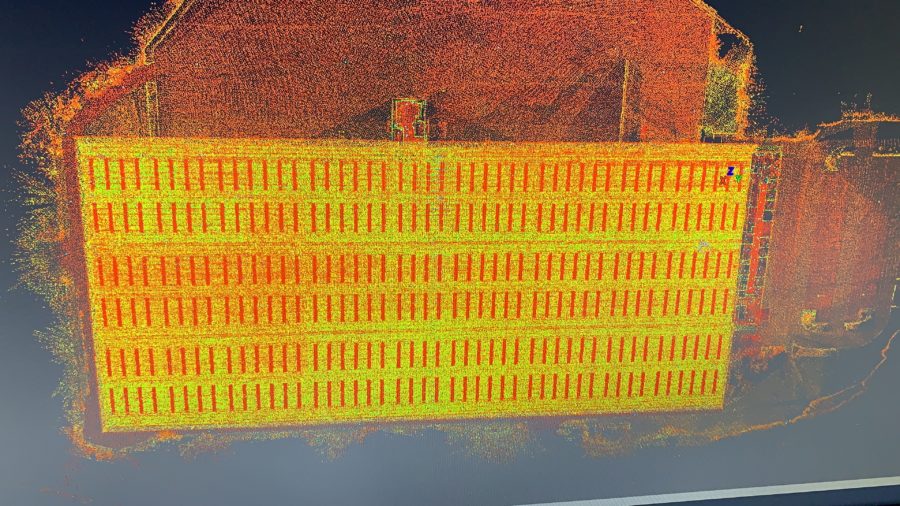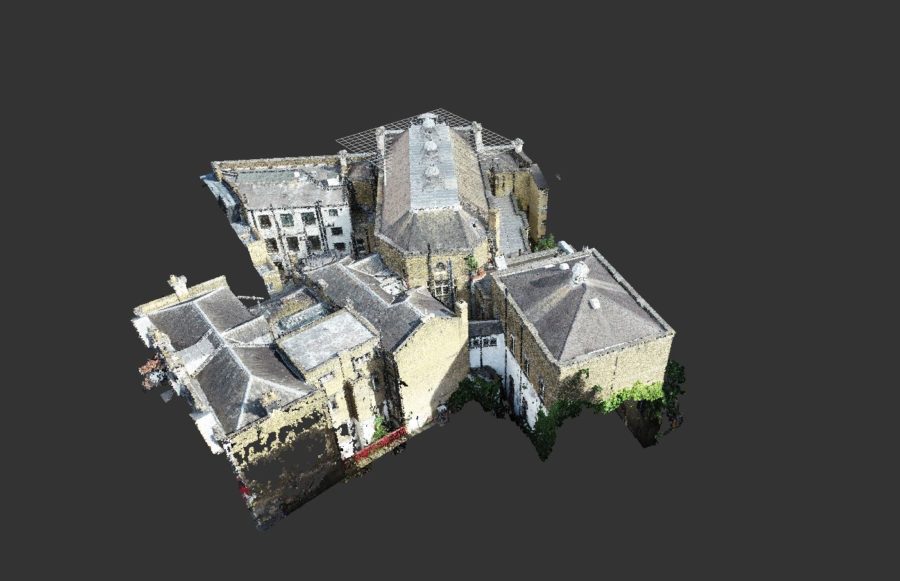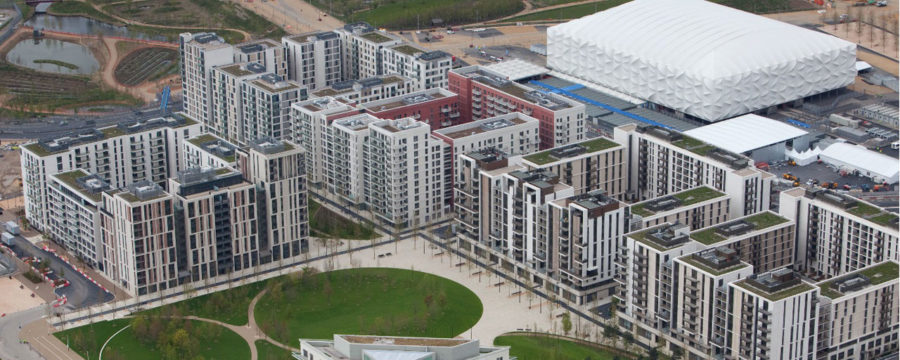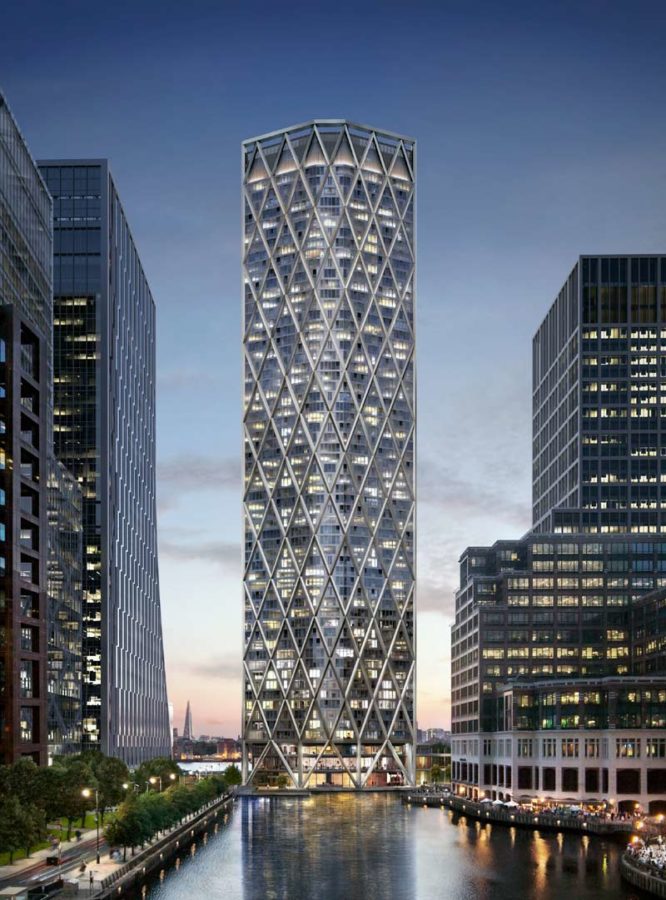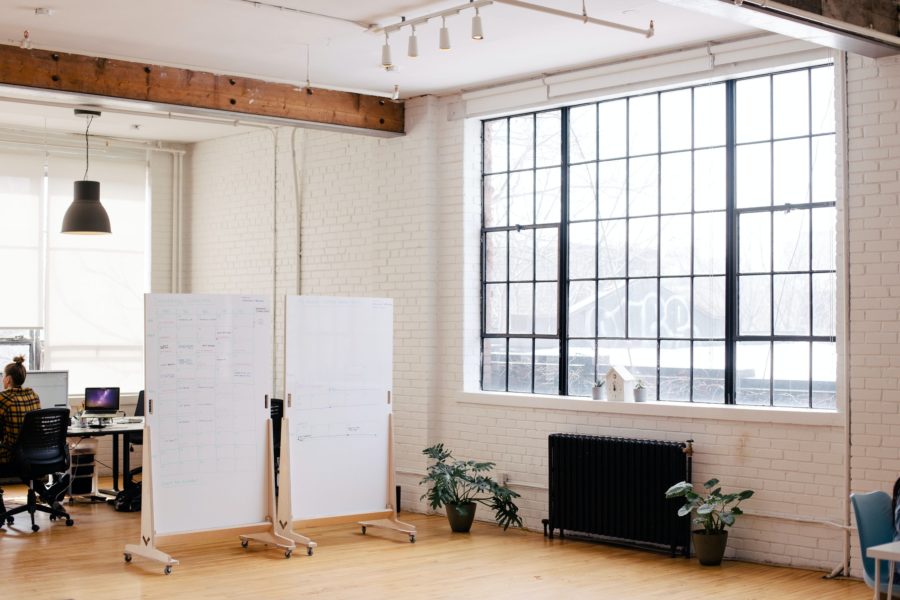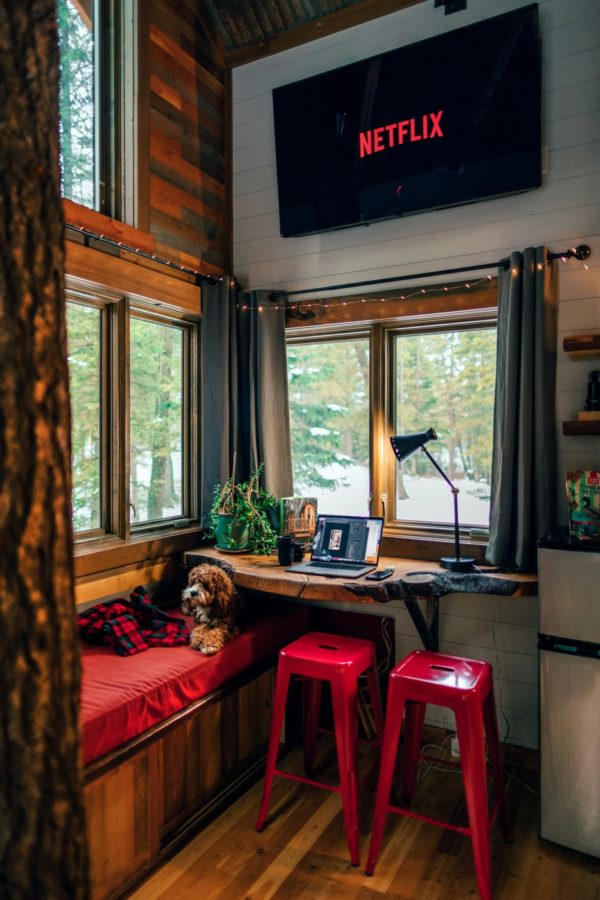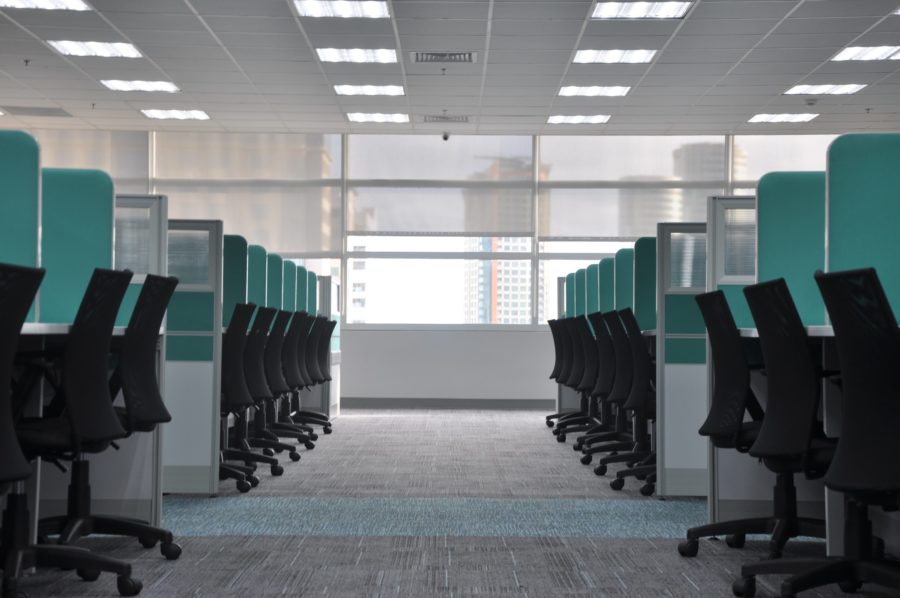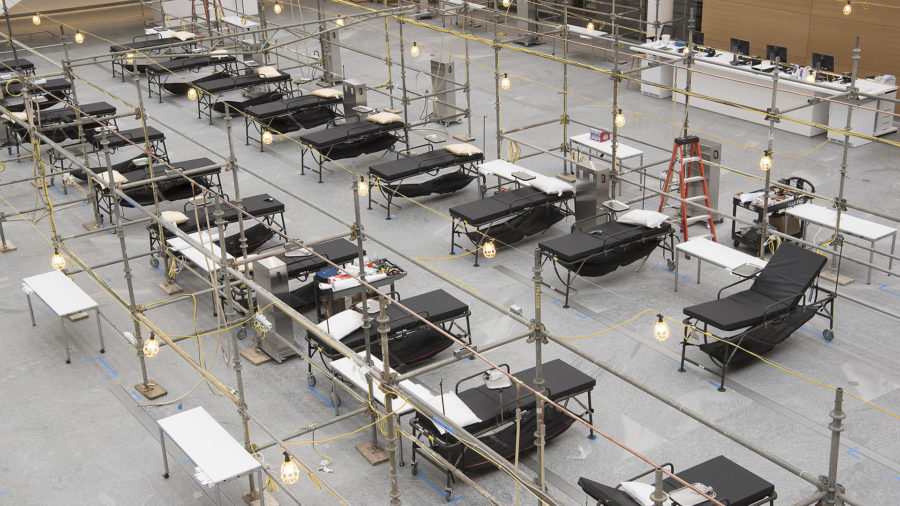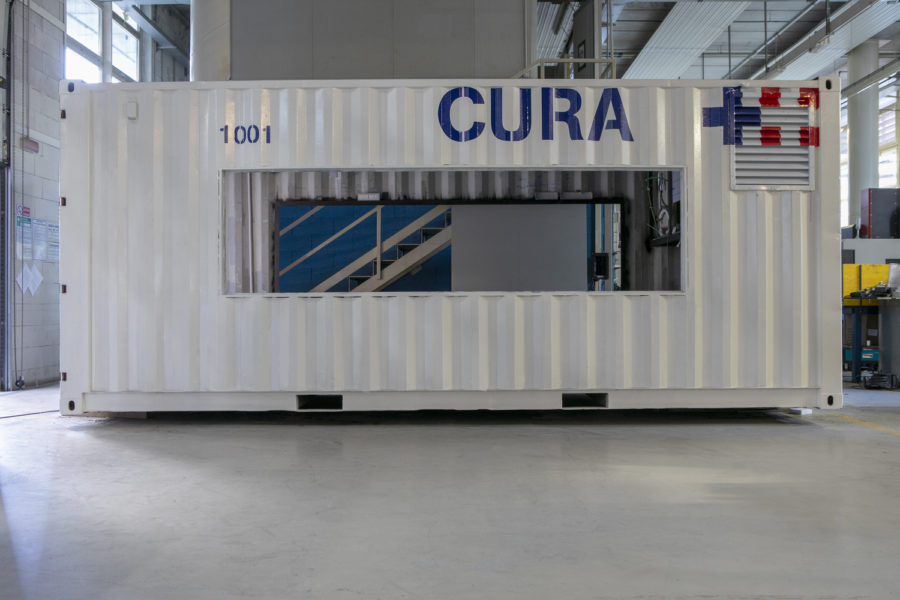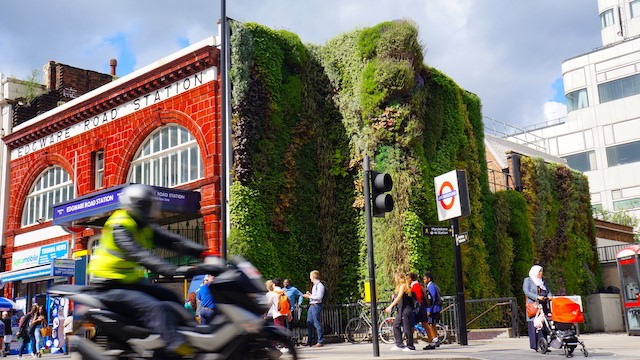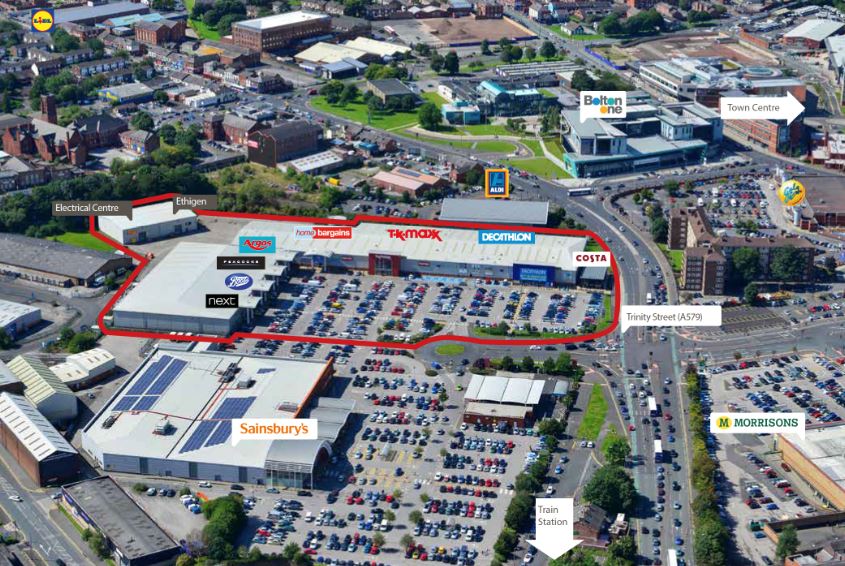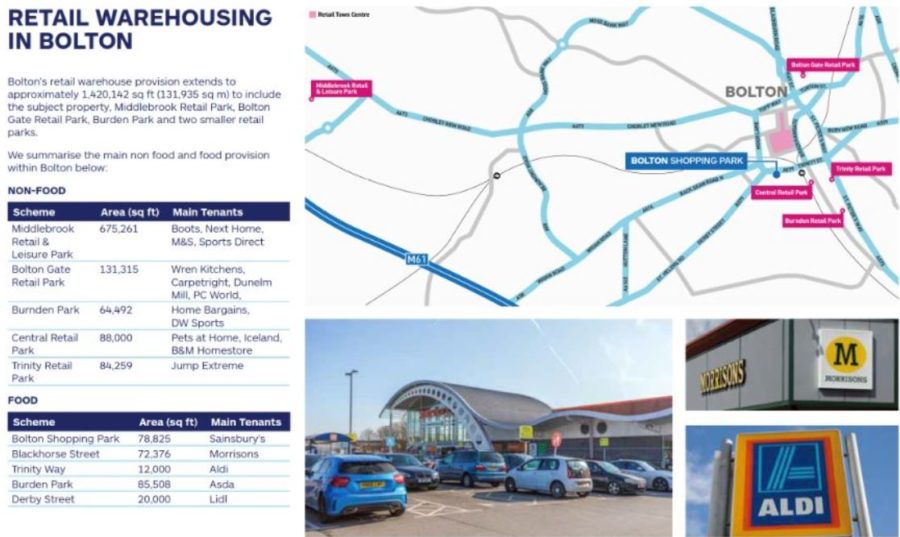PRE complete Landlords Obligations for a fast up and coming Food and Beverage company. Are occupiers now becoming more demanding on requirements of buildings tan before? and can central town center buildings that predominantly are period and historic cope with these?
The demise allocated areas are located on the Ground Floor, First Floor [external plant area] & within the Basement of the property.
OUTLINE SPECIFICATION & SCOPE OF WORKS
LANDLORDS INFORMATION
The Landlord is to provide a secure and weather-tight demise/unit/shell all in accordance with all current building regulations, British Standards and local statutory requirements.
All work undertaken and materials used by the Landlord should comply with all current legislation. Copies of all regulation certificates and approvals are to be issued to the operator prior to hand over of the unit.
The Landlord shall provide all demise/unit/shell drawings, specifications and fit out guides, and any drawings indicating existing retained services or that of adjoining tenants services passing through the tenants demise areas as necessary.
Drawings should accurately and clearly reflect the works undertaken and where discrepancies exist in the information, the Landlord is to ensure that all this is corrected, updated and re-issued to the tenants Project Team.
A schedule of condition is to be prepared which will form that basis of the standard of repair and reinstatement obligations.
GENERAL
Landlord works to kitchen extraction for tenant and adjoining tenant:
Landlord to provide new external kitchen extract duct riser (minimum size is 500x500mm) fromwithin the unit at ceiling level up to the termination/exhaust point at roof level for tenant to connect onto within the demise, works to be completed prior to tenant strip out, tenant will remove ductwork up to connection point, landlord to provide temporary infill and weathertight detail to duct riser penetration through roof of unit, tenant to then revisit infill roof and adjust accordingly allowing suitable route for plant power supplies and pipework runs, and ensure a fully weather tight cravat detail.
Landlord to ensure a new dedicated 1 hour fire rated duct installation for adjoining tenants kitchen extraction, from entering the demise up to its exit point and onto the high level exhaust point. No provision will be made for fire dampers in kitchen ductwork in compliance with current regulations. All details to be issued to tenant for review and approval prior to commencement of works, inclusive of loading calculations.
Any adjoining tenant’s services and mechanical installations passing through the tenant demise areas requiring to be retained are to be clearly identified on drawings made available to the tenant Project Team.
Landlord works reference asbestos survey identification and removal:
Prior to the agreed tenant access date, a Full Refurbishment and Demolition Asbestos survey is to be completed inclusive of all testing requirements, the survey must locate and identify allasbestos containing materials before any strip out work begins. The demise must be vacated, and certified ‘fit for reoccupation’ after the survey. All works to be in line with all current statutory legislation and are to be undertaken by a specialist UKAS accredited contractor appointed by landlord at their cost.
All identified asbestos containing materials to be removed from site and disposed of safely, all works to be in line with all current statutory legislation and are to be undertaken by a specialist UKAS accredited contractor appointed by landlord at their cost.
On completion of works Landlord to supply a copy of Asbestos Report and Clean Air certificate in line with current statutory legislation, supplied by the appointed specialist UKAS accredited contractor appointed by landlord at their cost.
SERVICES
- All services containment is to be brought to a position as agreed at the rear of the unit. Capped off supplies are to be clearly marked on drawings and issued to the project team.
- The Landlord is to provide all necessary MPAN and service reference numbers in good time to enable to tenant to make application for services. All meter rooms are to be easily accessible, ventilated and adequately lit and secured.
- Where meters have been designed to be installed in the demise/unit/shell, adequate provision for cabling, connections pipework and ventilation is to be made by the Landlord.
- The Landlord is to provide all necessary assistance and information to enable the appointment of approved contractors to effect any service connections.
ELECTRIC
The Landlord shall provide a 400 volts, 200 amps 3 phase and neutral fused electricity main supply with an authorised supply capacity of 144kVA terminated in an agreed location within the tenants unit, to provide power to both ground floor and basement demise areas. Landlord agreement on the above amount of electric supply that will be made available following the additional provision from UKPN.
The supply must be live to the cut-out with CT panel and CT’s in situ and mains fuses and carriers left on site prior to the agreed date of PC
Meter to be installed by the tenant and electricity to be supplied by the tenant nominated supplier.
Gas
The Landlord shall provide and connect a live 184kwkW or 627,000 btu/hr or 18m3/hr gas main supply with emergency control valve terminated in an agreed location within the tenants unit in a suitable meter kiosk and base. Existing U25/G16 meter noted required to be in new location to be confirmed by tenant.
The existing service (inlet) pipe work is of 2” in diameter and is sufficient. However it will need to be adapted as the existing regulator has been remotely fitted from the existing meter.
The gas supply must be live prior to the agreed date of PC.
Meter to be installed by the tenant and gas to be supplied by the tenants nominated supplier
Water
The Landlord shall provide a 42mm diameter supply at a flow rate of 1.40 litre per second and minimum 3 bar pressure or boosted by Landlord where pressure not achievable. Drainage
Tenant to install new drainage to suit tenants requirements, all to be outlined and approved by landlord and local authority listed building officer.
Telecoms
The Landlord is to provide a suitable route from external DP into the tenants unit to an agreed location. Presumed existing route can be utilised.
Fire Safety
All fire signage and escape lighting in common parts and escape staircases to be provided by the Landlord in accordance with all current building regulations.
Lighting
Landlord to provide all lighting to common parts in accordance with current building regulations.
MECHANICAL & PLANT – Traditional Extraction System
Adequate provision is to be made for the installation of all mechanical plant to service the unit. This should include suitable routes for ductwork to discharge to high level atmosphere clear of obstruction. Route to be agreed with the tenant.
The Landlord will provide fully weather and fire proofed holes through the structure for the passage of Tenants ducts. The Tenant will be responsible for providing weathering cravats on Landlords holes through the roof during completion of fit out works.
The supply and extract positions from the two adjacent restaurants will be co-ordinated by the Landlord such that exhaust from one unit does not contaminate the supply air to another. Each operator will require a dedicated fire rated duct riser with access at each level of the building for cleaning and maintenance. No provision will be made for fire dampers in kitchen ductwork in compliance with current regulations. Therefore all service routes for operator kitchen extract are to be adequately fire separated from all adjacent occupancies.
Duct risers may need to accommodate kitchen supply ductwork, fire rated extract ducts, restaurant supply and extract ducts, toilet extract ducts, condenser pipework, electrical and communication cables. Adequate support and access is to be provide for all plant in duct risers.
Where the Landlord/Landlord is to install ductwork and risers from a connection point within the tenant’s demise up to the discharge point at high level atmosphere, the landlord shall allow for the internal surfaces of the ductwork to be sealed with RZ-ECOSEAL or similar.
EXTERNAL PLANT AREA
Service and maintenance access to plant area to be provided by Landlord
Structural deck to be provided by Landlord.
The Landlord shall provide a suitable external plant area at roof level (or elsewhere as agreed) for the installation of the tenant’s mechanical services, air conditioning / catering condenser units.
The plant area shall be of a shape to Tenants approval) to support a design load of 5KN/m2 and in addition to receive plant as follows (all provisional/indicative):
The external plant area shall be provided with a permanent safe means of access for installation and future maintenance of the Tenant’s plant and equipment including all necessary amenity / emergency lighting and guarding.
The Landlord is to co-ordinate his own / other tenant’s supply and extract systems to prevent contamination of the fresh air supplies serving the demise and his / other tenants fresh air supplies.
GENERAL ACOUSTIC SPECIFICATION Sound Insulation between Occupancies
i) The Landlord shall provide (or ensure are provided) all constructions in order to such that noise breakout from the tenants unit:
a) Do not exceed noise limits as agreed by the Landlord with other tenants in the development
b) Does not cause nuisance to other tenants in the building.
c) Does not cause nuisance to neighbours.
d) Complies with planning requirements and likely licensing requirements.
In order to satisfy these requirements the Landlord’s acoustic consultant may assume that the noise levels created within the tenant unit are as follows:
The Landlord shall ensure that constructions provided are adequate such that sound transfer from other areas of the building do not exceed the following levels within the Marugame unit:
Plant noise NR40 Lmax
Other noise NR45 Lmax
These noise limits to apply throughout the demise not closer than 1m from any noise radiating surface.
Vibration
Vibration break in to the tenants unit from landlords and other tenants’ areas shall be controlled so as to not cause perceptible vibration or visually perceptible movement of other fixtures and fittings within the tenants unit.
Please do get in touch with a member of the team to discuss any of your requirements.








